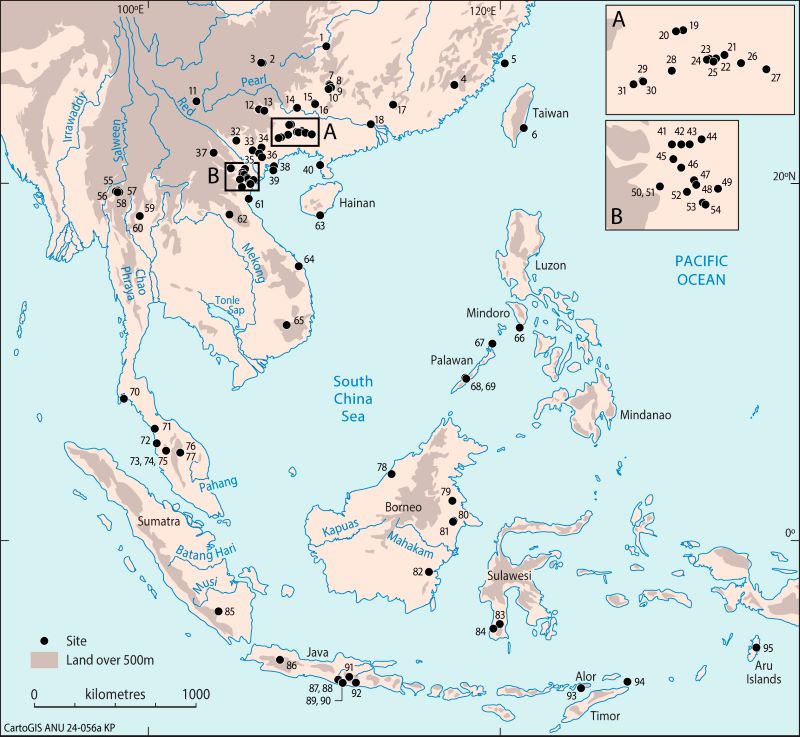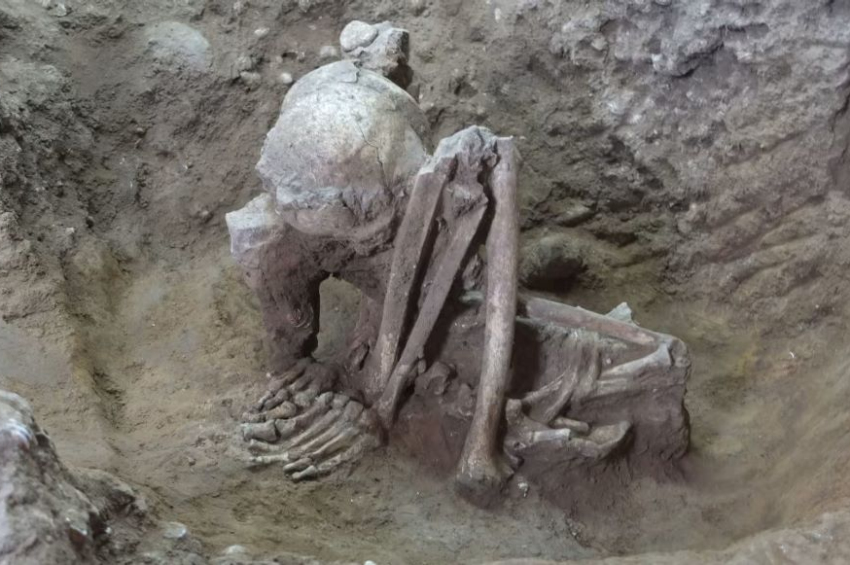Asia offers earliest known evidence of human mummification
Archaeologists have discovered the world’s oldest known evidence of human mummification in Asia, revealing that hunter-gatherers were preserving their dead with smoke-drying techniques as far back as 14,000 years ago in some cases.
The findings, published recently in the journal PNAS, are based on an analysis of 54 burials at 11 archaeological sites across southern China, northern Vietnam, Sumatra, and Indonesia. Although the remains were not visibly mummified, examination of bones revealed signs of low, prolonged heat exposure consistent with smoke-drying.
More to read:
Early humans used fire 300,000 years ago to make better tools
Burials of this kind are normally found in caves, beneath rock shelters, or within shell middens – betraying a unique interplay of technique, tradition, culture, and belief from pre-Neolithic cultures in southern China and Southeast Asia, according to lead study author Dr. Hsiao-chun Hung, a senior research fellow at the Australian National University (ANU).
The crouching burials — with skeletons folded tightly into squatting positions — puzzled scientists for years. Hirofumi Matsumura, senior study author and professor emeritus of physical anthropology at Japan’s Sapporo Medical University, was the first to note that some postures seemed “anatomically impossible,” suggesting that bodies were manipulated before burial.

Recorded hunter-gatherer sites with flexed and squatting burials in Southeastern Asia from the Late Pleistocene to the Middle Holocene. Credit: PNAS
Charred bones provided further evidence. However, because only certain parts — such as elbows, skull fronts, and lower limbs — were blackened, researchers ruled out cremation. Advanced imaging techniques confirmed that about 84% of the samples had undergone prolonged low-temperature heating, pointing to deliberate smoke-drying, ANU specified in a press release.
The practice closely resembles techniques still used in Papua New Guinea and once documented among some indigenous Australian groups. The study authors propose that bodies were arranged in crouched poses above smoldering fires until dried, then buried in pits, huts, or natural shelters.
More to read:
A pre-Sapiens hominin species used meaningful symbols over 200,000 ago
The oldest identified example comes from an arm bone found in northern Vietnam, dating back around 14,000 years. Most burials examined took place between 12,000 and 4,000 years ago — predating Ancient Egypt’s tradition and the Chinchorro culture of northern Chile, long considered the earliest known practitioners of mummification, by thousands of years.
The study also sheds light on the emotional and cultural weight of such practices. According to ethnographic records of smoke-drying in modern times, families tended to bodies continuously for up to three months. In the Neolithic and earlier periods, this was a commitment that could have been sustained only by profound love and spiritual devotion.



![[video] Guess who’s hiding more than 8 kilometers below the ocean’s surface?](/news_img/2025/11/13/news0_mediu.jpg)
![[video] Putin rules from shadows: Investigation finds Russian leader rarely works in Moscow](/news_img/2025/11/11/news1_mediu.jpg)


